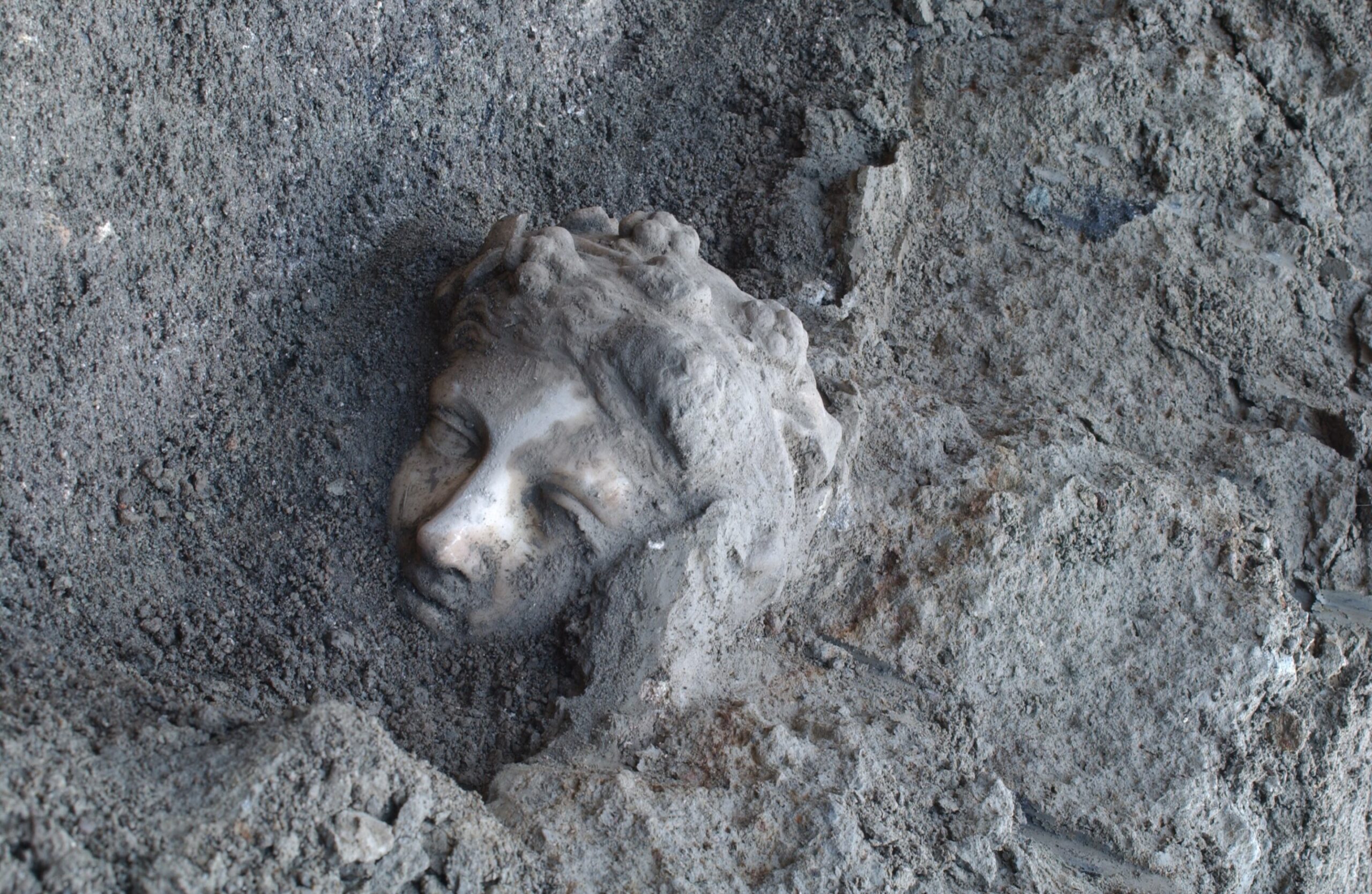A recent discovery near Nola, Italy, has sent ripples of excitement through the archaeological world. Led by researchers from the University of Tokyo, a team has unearthed a portion of a Roman villa dating back to the first half of the first century AD. The location and characteristics of the villa raise intriguing possibilities, suggesting it might have been the residence of the Roman emperor Augustus himself.
Buried beneath a second, later villa from the 2nd century, this find sheds light on a previously unexplored area north of Mount Vesuvius. Traditionally, archaeological focus lay on the southern regions, where iconic cities like Pompeii and Herculaneum suffered devastating consequences from the volcano’s eruptions. This discovery challenges that notion, revealing significant Roman presence and potential damage in the north as well.
The story begins in 1929 when a farmer stumbled upon a buried structure. Initial excavations revealed an opulent villa hinting at an illustrious owner. However, financial constraints put further exploration on hold. It wasn’t until 2002 that a collaborative effort between the University of Tokyo and local archaeologists reignited the project.
Over the past two decades, extensive excavations have unveiled a treasure trove of Roman artifacts. Exquisite marble statues, impressive wall paintings, intricate stucco reliefs, and mosaic floors have come to light, along with a large building with numerous rooms. These finds bolster the theory of a high-ranking resident.


“Excavations around Vesuvius have been ongoing for centuries,” explains Kohei Sugiyama, an archaeologist from the University of Tokyo. “While buried artifacts were expected, most efforts focused south of the volcano due to the heavier ashfall. Our work here, north of Vesuvius, has revealed extensive sections of the villa, including previously unknown rooms.”
Sugiyama and his team, with the help of volcanologists, meticulously analyzed the unearthed layers. Radiocarbon dating combined with volcanic ash analysis confirmed the presence of material from the infamous 79 AD eruption in newly discovered sections of the villa. Interestingly, the team also found evidence of significant damage in the north, including lava flows and pyroclastic surges, highlighting the destructive power of the volcano.

Further exploration revealed that the upper levels of the villa were constructed in the mid-second century, built upon pre-existing structures partially obscured by volcanic material. This signifies a remarkable resilience and rebuilding effort by the local population, a stark contrast to Pompeii, which remained abandoned for centuries under a thick blanket of ash.
The significance of this discovery extends beyond potentially uncovering Augustus’ residence. “This investigation provides a physical link to the historical writings about Augustus,” says Sugiyama. “It could rewrite our understanding of the local economy and society, suggesting a more prosperous and significant region than previously thought.”
Furthermore, he highlights the potential value for modern disaster preparedness: “Learning about how ancient societies recovered from catastrophes like volcanic eruptions can inform our own planning for such events today.”
Unearthing the secrets of this Roman villa continues, presenting challenges. Reaching depths of 15 meters requires heavy machinery, and securing funding remains an obstacle. However, the potential rewards are immense, promising a deeper understanding of Roman history, the impact of Vesuvius’ eruptions, and valuable lessons for the future.
Source: University of Tokyo
